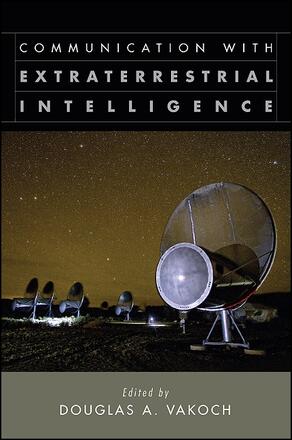
Communication with Extraterrestrial Intelligence (CETI)
Alternative formats available from:
Highlights the most recent developments in the Search for Extraterrestrial Intelligence (SETI), and advocates a diverse range of approaches to make SETI increasingly more powerful and effective in the years to come.
Description
In April 2010, fifty years to the month after the first experiment in the Search for Extraterrestrial Intelligence (SETI), scholars from a range of disciplines—including astronomy, mathematics, anthropology, history, and cognitive science—gathered at NASA's biennial Astrobiology Science Conference (AbSciCon) for a series of sessions on the search for intelligent life. This book highlights the most recent developments in SETI discussed at that conference, emphasizing the ways that SETI has grown since its inception. The volume covers three broad themes: First, leading researchers examine the latest developments in observational SETI programs, as well as innovative proposals for new search strategies and novel approaches to signal processing. Second, both proponents and opponents of "Active SETI" debate whether humankind should be transmitting intentional signals to other possible civilizations, rather than only listening. Third, constructive proposals for interstellar messages are juxtaposed with critiques that ask whether any meaningful exchange is possible with an independently evolved civilization, given the constraints of contact at interstellar distances, where a round-trip exchange could take centuries or millennia.
As we reflect on a half-century of SETI research, we are reminded of the expansion of search programs made possible by technological and conceptual advances. In this spirit of ongoing exploration, the contributors to this book advocate a diverse range of approaches to make SETI increasingly more powerful and effective, as we embark on the next half-century of searching for intelligence beyond Earth.
Douglas A. Vakoch is Director of Interstellar Message Composition at the SETI Institute and Associate Professor of Clinical Psychology at the California Institute of Integral Studies.
Reviews
"Vakoch's volume is an excellent overview of the cutting-edge research in the field of SETI … it will be enjoyable reading for anyone interested in the SETI enterprise which, if successful, is sure to have a transformative effect on us all. " — Fortean Times
"…offers a comprehensive snapshot of news and views from the SETI community. " — Guru
"…a wide-ranging look at many elements of SETI and beyond. " — Space Review